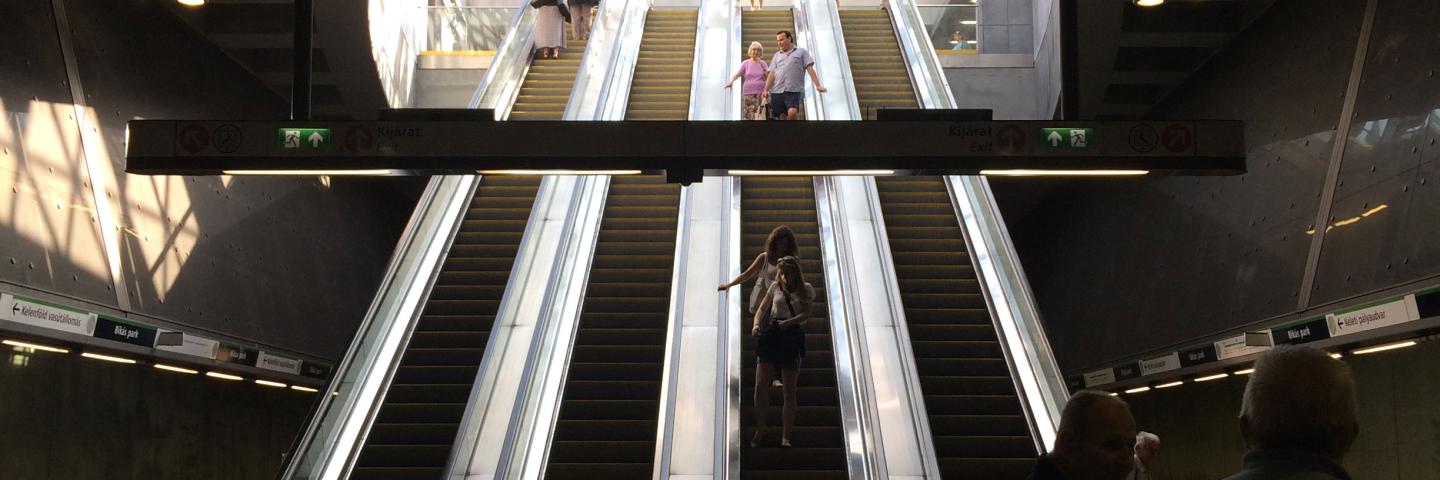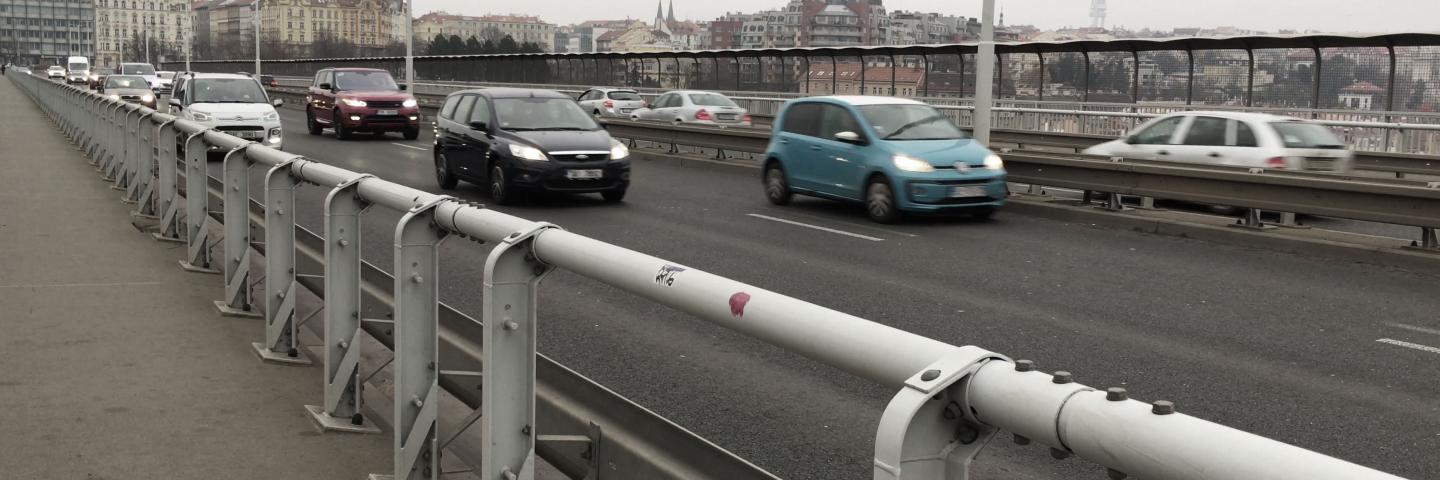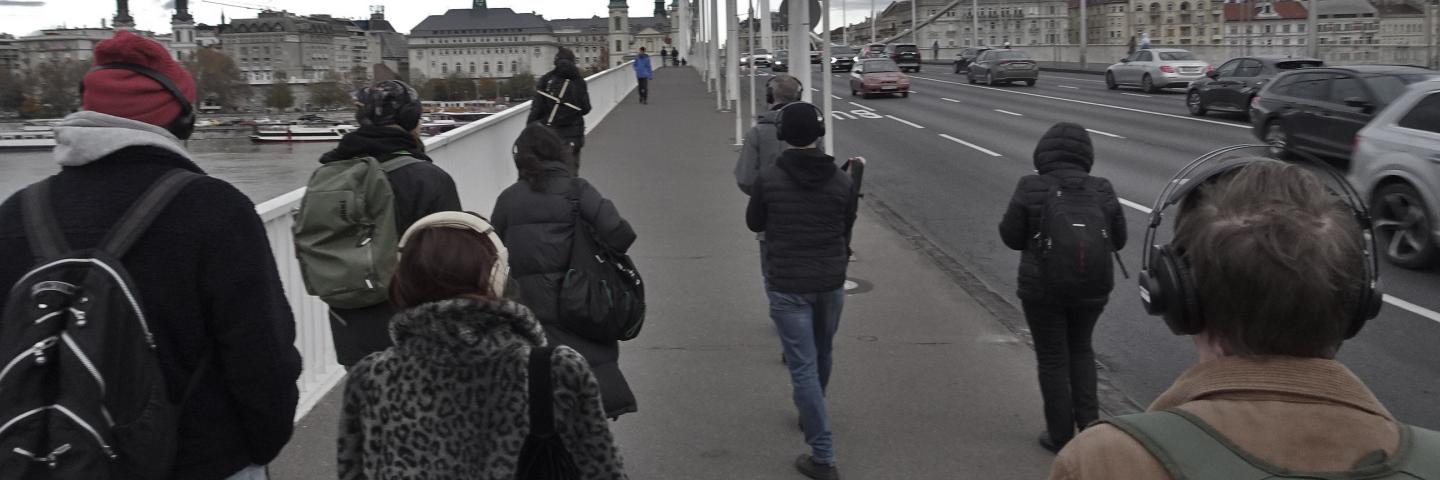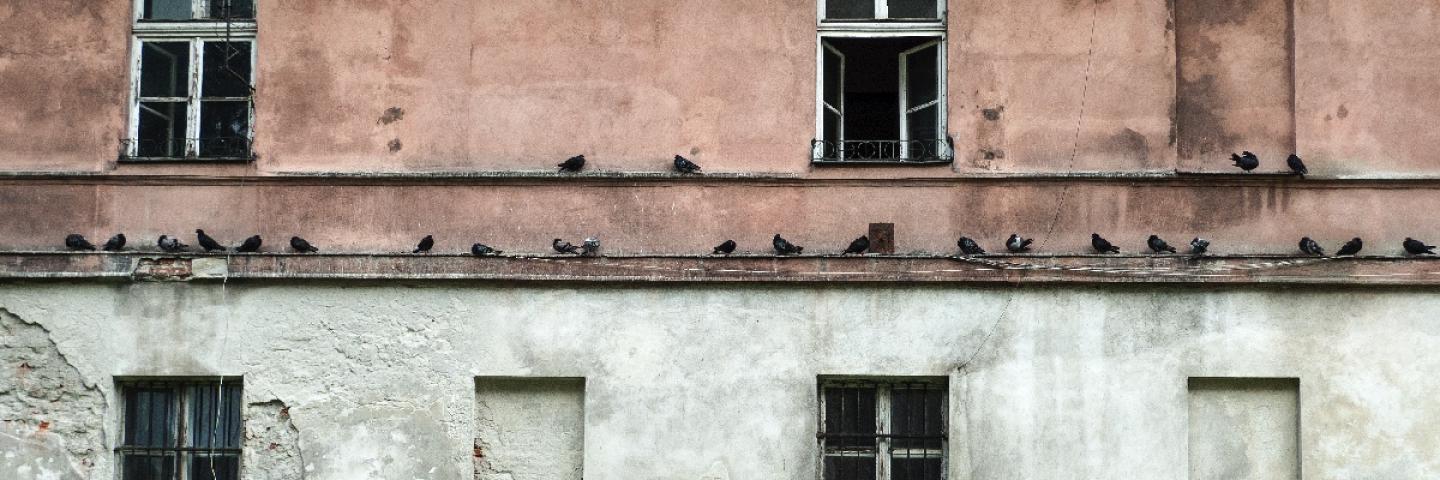Francisco López

Francisco López (born 1964 in Madrid, Spain) is internationally recognized as one of the major figures of the sound art and experimental music scene. For almost forty years he has developed a personal and iconoclastic sonic universe, based on a profound listening of the world, neglecting boundaries between industrial sounds and wilderness sound environments. He shifs with passion from the limits of perception to the abyss of sonic power, proposing a blind, profound and transcendental listening, freed from the imperatives of knowledge and open to sensory and spiritual expansion. López studied biology which brings to the mind the environmentalist currents of the 70’s initiated by Raymond Murray Shaffer, who proposed the idea of sound ecology and the term soundscape recordings (environmental sound recordings). López finds himself in contrast to the approach of Murray Shaffer about noise pollution that invades the natural and urban environment, and is far away from the practice to document and to represent sounds. The noise in his recordings is not "documented" but considered as "musical/electronic material, which doesn’t lose it’s real matter but doesn’t reveal the source of the sound and rather reveals its physicality. López doesn’t want to investigate the sound reality, but to captur "the essence and the texture of the world around us."
López was experimenting with field recordings since the 70’s, using custom tape recorders and begins in the early 80es with a series of self published and untitled tracks and cassettes. In “Azoic Zone” (1993) – a CD with 10 authors which proposed a sonic journey into the world of organisms of the deep see – there is for the first time a merge between his scientific and artistic interests. In albums, including “La Selva” (1997) with recordings of the rain forest in Costa Rica, or in “Buildings, New York” (2011) (honorary mention by Prix Ars Electronica), he reproduces the resonances and interference inside the skyscrapers of New York and the sound material is proposed as it appears, without further modifications or deformations. (from Roberta Busechian, The riddler of sounds. Interview with Francisco López, 2016)
López is critical of what he calls the “dissipative agents” of music, which is anything that distracts attention from the pure matter of sound: language, text, image, referentiality, musical form and structure, technique and process, instrumental virtuosity, etc. López urges the dissolution of conventional distinctions between music and noise, composition and reception. Like Schafer, López calls our attention to the richness of the sonic environment and considers the world “the best sound generator there is.” Yet, for López, Schafer, too, neglects sonic matter in his ecological focus on the relationship of sound to place, health, and communication. Acoustic Ecology and the Nature Sounds movement also foster what López considers a false or restricted conception of nature: nature as a bucolic refuge from human civilization. Acoustic Ecologists, in their Rousseauist fantasy, seem to forget that nature is also noisy and violent, the province of crashing waterfalls, howling hurricanes, and screeching monkeys.“I like frog sounds as much as I like machine sounds,” López replies. “And I use both in my work. The question is not: Do the sounds come from nature or come from machines? To me, the point is that the sounds by themselves have their own entity. From that point of view, it doesn’t matter if you’re working with frogs in the jungle or with machines in the city. If you’re interested in the sounds, you can combine these two things and can also focus on the specific sound matter you’re getting from those sources.” Paraphrasing René Magritte, López warns his listeners:“La Selva is not La Selva.” (Christoph Cox, Abstract Concréte: Francisco López and the ontology of sound, The Wire, September, 2000)
López initiated as well a series of collective projects "Sound Matter"m where a small group of "sound artists / composers is teamed up to work collectively in and on the city where they live / work. The artists explore the city sound environments, gather field recordings, generate a series of shared pools of sonic materials - both original and transformed- and then create several original pieces that are presented live in an immersive multi-channel set-up, in which a new sonic virtual city is generated".
Audiosphere: Sound Experimentation 1980-2020
photo credits: Miloš Vojtěchovský


















